30 doctors have been wrong for 12 years: The medical odyssey of Denise B.
Denise lived with excruciating pain. Her skin was covered in hematomas and no doctor could help her. It was twelve years later, when the surprising diagnosis was revealed, and it came close to salvation.
Early in Denise’s life doctors noticed that something was wrong with her. As a baby, she had to be fed through a feeding tube because she lacked the reflex for sucking. She had permanent pain in her hips and knees, which had been steadily increasing during her childhood and teen years. „Growing pains“ the medical professionals called it. After the smallest amount of activity, fevers that caused her to hallucinate and fall into delirium occurred. Even just playing with other children could cause such an episode. Her body was covered in hematomas without her recalling hurting herself. But still, physicians did not worry; they couldn’t see a correlation of all her symptoms. Chronic pain became part of Denise’s life – until one wrong movement triggered a chain reaction that led to a search for the right diagnosis lasting for years.
Meet Denise:
„I clearly remember the moment the symptoms started,“ says the 47-year-old. When she was 31 years old, the northern-German Elmshorn resident got injured at work. During her night shift at a nursery home, she was alone and responsible for 50 patients. Changing diapers of one resident, she twisted her back – it cracked loudly – and seriously injured her spine.
Following the incident the pain became excruciating, Denise couldn’t work anymore and was sent to a rehabilitation hospital. Many specialists examined her, but none could find the cause of her condition. „Many times, I told my doctor that I had pain in every joint in my body, and they would respond that this was normal, since I worked in a nursery home,“ Denise explains. Repeatedly medical professionals would belittle her symptoms, and tell her other people with the same issues would be able to work, and so should she. Others implied, she would just imagine her illness – it was all in her head.
A wrong track
A couple of months later, Denise was diagnosed with rheumatism. Even though all blood markers have been negative, a treatment plan was initiated that transformed her life into a nightmare. Denise developed psychotic episodes which tortured her for six months. Every day she had panic attacks with sweats on her whole body, shivering hands and vertigo. She was afraid to leave her apartment in Elmshorn; on bad days, she was unable to get out of bed.
MTX, a drug prescribed to treat her rheumatism, caused those adverse reactions. „It did not relieve my symptoms, but I developed all imaginable side effects,“ Denise says about the hard times. After she discontinued her medication, the psychosis immediately stopped, but what lasted was the doubt about her diagnosis. „There were never any positive blood markers, no inflammation and none of the drugs helped. On the contrary, I felt even worse.“ It was clear for Denise: She did not have rheumatism. But what caused her chronic condition?
Her ordeal reaches its lowest point
Denise was sitting on her couch on a hot summer day in 2005 and was relaxing after work when her heart rate and blood pressure suddenly rose. The pain in her joints and back became unbearable. She couldn’t lie down, sit or stand anymore and panted for air. „I panicked and thought I would die!“ Denise called an ambulance. From there everything went downhill really quickly. Ignoring her physical symptoms, the emergency staff wanted to transfer her to a women’s shelter. Denise didn’t understand what was happening. The hematomas that covered her arms and legs were nothing uncommon for her, because those have accompanied her since childhood. For the emergency staff, on the other hand, those were a sign of domestic violence. „It took a while until I realized; they thought my husband beat me.“ After a long discussion, Denise convinced the two men that she hadn’t been abused.
Shocked by the reaction of the medical team, Denise was convinced she needed to find a diagnosis herself. „My condition deteriorated and it had to stop. I couldn’t tolerate this for the rest of my life!“ It should take another nine years in which doctors unsuccessfully experimented with various drugs until Denise finally received the redeeming diagnosis.
In 2014, her knee pain became severe, so Denise decided to see a new orthopedic specialist. The physician palpated Denise’s joints and accidentally stumbled upon the key symptom of her undiscovered illness: not only were both of Denise’s knees hypermobile, but all of her body’s joints. Incidentally, the doctor noticed Denise’s skin to be very soft and velvety, and it was stretchable beyond normal range. The orthopedic specialist put all the pieces together, yet did not express her suspicion for the time being. To be a hundred percent sure, the doctor sent Denise to a geneticist, a specialist who deals with congenital diseases. Before then, Denise’s doctor had learned about a condition that affected both, skin and joints at the same time, and those symptoms her patient showed fit perfectly into that description. Denise was finally on the right track, after only a few minutes with her orthopedic specialist.
The diagnosis resembled salvation
The visit at the geneticist led to a clear result: Denise had a condition called Ehlers-Danlos syndrome (EDS). EDS is a congenital gene defect that alters the structure of connective tissue, which can be found everywhere throughout the body: blood vessels, organs, skin, ligaments and tendons of joints, and even in bone. „Thank God! Finally someone believes me! But is it the right diagnosis this time?“ was the first thing Denise could think of after the geneticist informed her about the diagnosis.
Happy and confused at the same time, she didn’t quite know whether to trust her new diagnosis; too many times in the past has she been mistreated, and what was left, was doubt. On the other hand, the diagnosis of EDS explained all her symptoms starting in childhood. „Twelve years, 30 specialists and uncountable wrong treatments later, I found out that I am a zebra,“ Denise says about the surprising diagnosis. People affected by rare diseases are called „zebras“. In Germany rare means that less than 1 in 2000 people lives with this particular disease, and the term „zebra“ refers to an adage students learn in medical school: „If you hear hoofbeats, think of horses, not zebras.“ This means the doctor is supposed to first consider the more common illness, and not the rare ones, which in case of Denise caused several wrong treatments.
The illness has left its marks: Denise’s joints are seriously damaged today, so the 47-year-old requires the support of friends and family. She needs aids to be able to leave her house. On bad days, when the fatigue and pain take over, Denise is forced to use her wheelchair. Rather inconspicuous movements can cause dislocations for which Denise has to rest on her couch. Smallest activities, for example bending down, are a huge challenge. „On some days, I feel completely normal, but on others, I feel like an alien. While healthy people become so upset that they are not able to run a marathon, I worry about housework I cannot complete,“ Denise explains. Every physical activity has consequences for her; mostly negative ones.
Denise’s mental health suffered under the misdiagnosis.
Last year, Denise’s symptoms became worse again; she had to give up her job and apply for disability benefits. Her illness progresses, and deteriorates slowly over time. On top of judgmental comments from medical professionals, Denise also lacks the support of her family. „Many people think, if I just worked harder, I could achieve anything. I had to listen to someone saying I should just go beyond my limitations and then everything would be fine.“ Since her condition is rare, Denise has a hard time finding medical help at all. In Germany there are only a few specialists for this genetic disorder, and to reach those doctors is especially hard for patients with disabilities.
Still, Denise tries to look optimistically into her future: „Yes, EDS has no cure, but getting diagnosed changed me a lot, for example, my attitude towards doctors, as well as towards myself. The most important thing was: I knew I wasn’t crazy. My illness was not just in my head! I was able to cope with my condition in a completely different way.“
Despite the obstacles, Denise remains positive. Always trying to improve her condition just the slightest bit, she walks a couple of steps with her walker every day, exercises regularly and practices Qi Gong to relax. Daily, she climbs up to the third floor to reach her small apartment in Elmshorn, which is how she stays active. Denise celebrates successes, regardless of how small they might be. For the future she wishes to live as independent as possible and „maybe train a service dog.“
If she could give some advice to chronically ill patients that find themselves in the same situation as she was a couple of years ago, she would say: „Never give up fighting! Do not let anyone intimidate you! Be persistent and never doubt yourself!“
Translated from German. Original German article can be viewed here.
Copyright all pictures: Michael Kröning, https://len-art-fotografie.jimdo.com


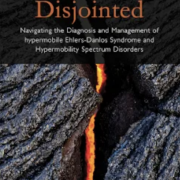
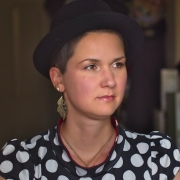
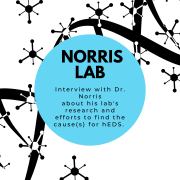



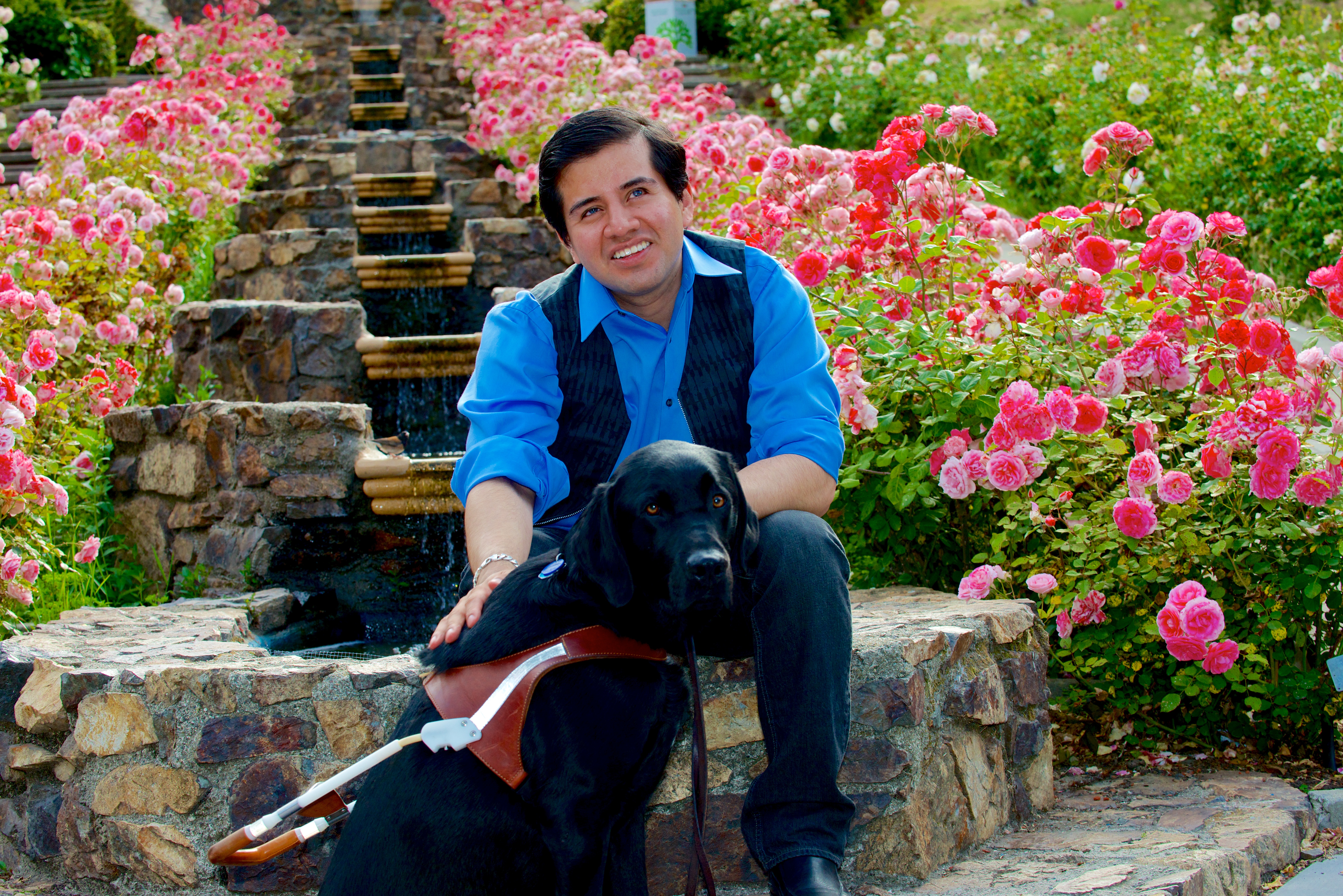
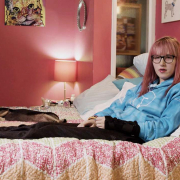
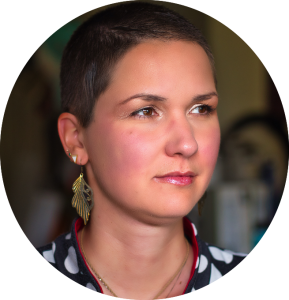
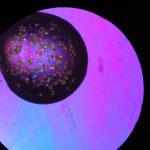

Trackbacks & Pingbacks
[…] with rare conditions. I was fortunate to have a relatively normal childhood – my limiting Ehlers-Danlos syndrome symptoms did not appear until much later. Other children do not have this privilege! […]
Leave a Reply
Want to join the discussion?Feel free to contribute!